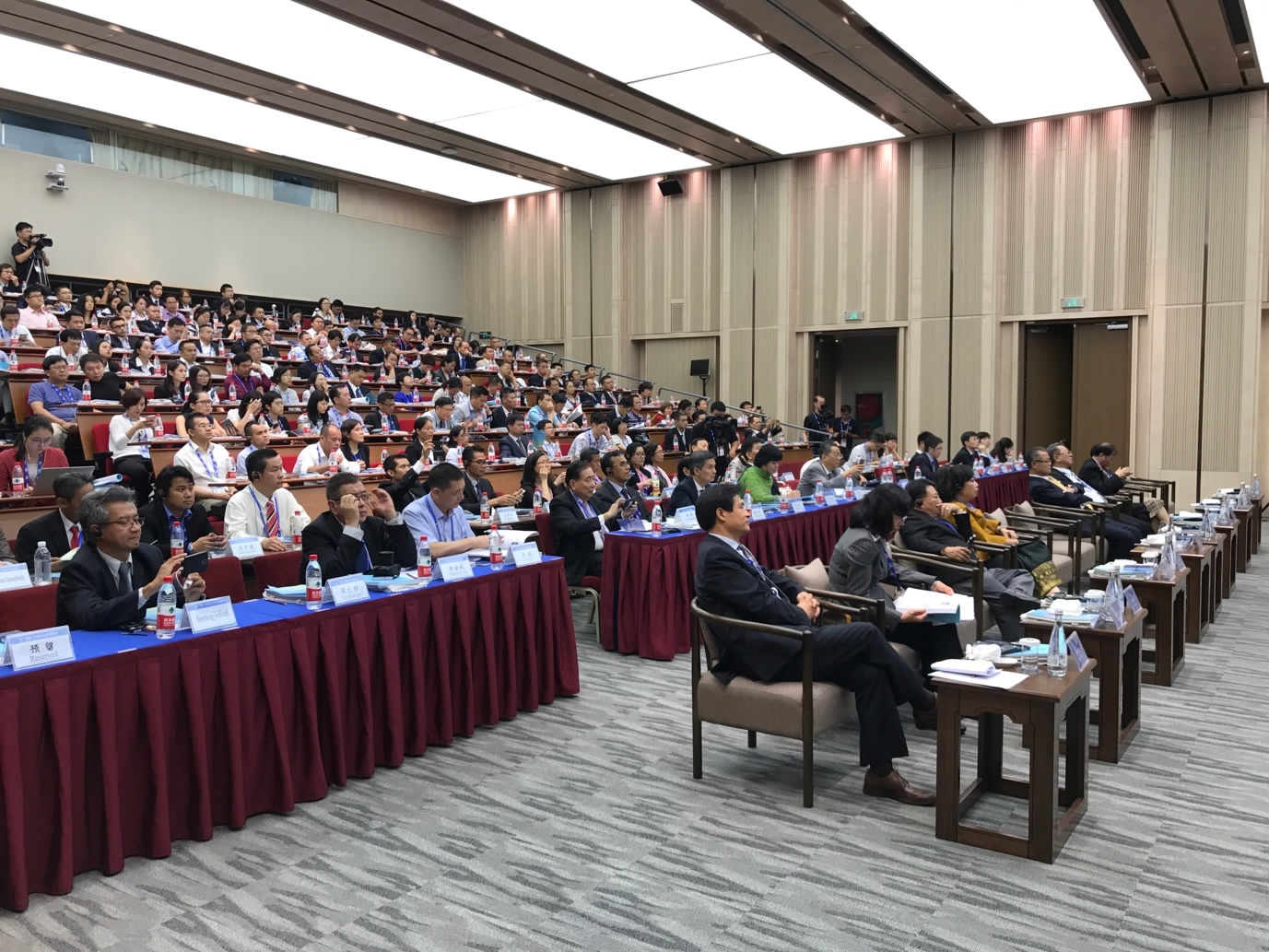'E-commerce Silk Road' boosts China-ASEAN SMEs, consumers
The 14th China-ASEAN Business and Investment Summit (CABIS) concluded on Thursday in Nanning, south China's Guangxi Zhuang Autonomous Region, focusing on the development of an e-commerce platform which is set to boost cross-border trade in the region.
|
China-ASEAN Cross-border E-commerce Platform Business Matchmaking Event. [Photo/CGTN] |
This "e-commerce Silk Road," called the China-ASEAN Cross-border E-commerce Platform, provides quality ASEAN products for Chinese consumers at the same time as promoting business ties and exchanges between Chinese and ASEAN enterprises looking to find new markets and partners.
Supporting SMEs
"Small and medium-sized enterprises (SMEs) are at the core of the platform (eshopasean.com)," Lu Houfei, a vice general manager from Suning, one of China's biggest online-to-offline retailers, told CGTN.
|
Lu Houfei, a vice general manager from Suning, one of China's biggest online-to-offline retailers. [Photo/CGTN] |
Products from ASEAN SMEs will be promoted nationwide by e-commerce retailers like Suning, after being inspected by the China Certification and Inspection Group and other international quality standards groups, said Lu.
"We [Suning] have annual, monthly and weekly promotion plans. We conduct marketing on special days like '4.18', '6.18', '8.18', '11.11', '12.12' [Chinese-style Black Friday e-commerce shopping festivals], and give the products greater exposure," Lu explained to CGTN.
"Our specific operation methods…include PPTV Live…where we live broadcast the manufacturing process [of products] at their place of origin…in order to guarantee quality products and services for Chinese consumers and promote sales of the SMEs' products," he added.
Upgrading CAFTA
The platform has been a key channel for bringing the China-ASEAN Free Trade Area (CAFTA) into the digital domain, ever since it was launched by the China Council for the Promotion of International Trade and ASEAN business associations in Beijing on December 9, 2016.
As of early September, nine ASEAN countries had already completed 1.23 million orders on the platform, which saw 1,166 types of goods traded, including health care products, latex pillows, milk powder and various food and beverage products.
Indonesia, Vietnam and Malaysia were the top three ASEAN countries in terms of transaction volume, representing 49.6 percent, 18.9 percent and 13.3 percent of total trade respectively.
Great potential
With the rapid development of Internet technology, cross-border e-commerce is becoming a new engine for trade between China and ASEAN. In 2016, trade volume amounted to over 450 billion US dollars, revealing the great potential for growth in cross border e-commerce.
In the first half of this year, the number of China's Internet users surpassed 750 million, of which almost 70 percent shopped online. The country's online retail sales exceeded 3.1 trillion yuan (474 billion US dollars), a 33 percent year-on-year increase.
Meanwhile, over 260 million people living in ASEAN countries are Internet users, representing the fastest-growing regional population of people with online access anywhere in the world. By bringing China and ASEAN closer together, this vast potential market of online shoppers offers more and more business opportunities to enterprises from both sides.

